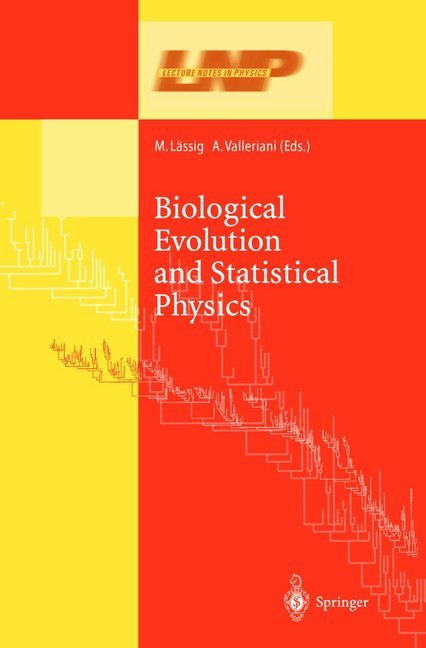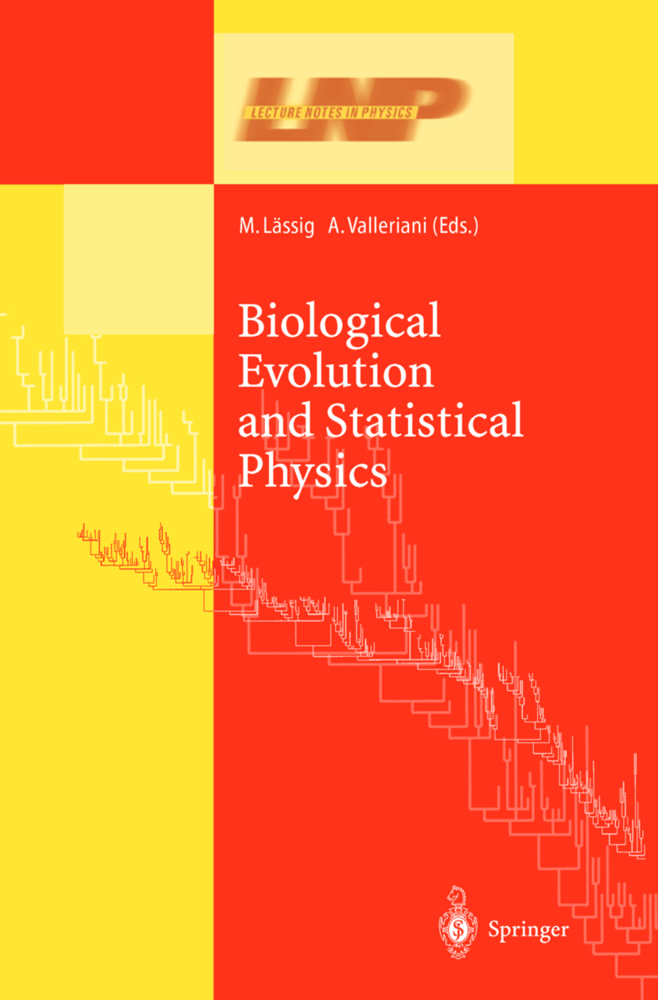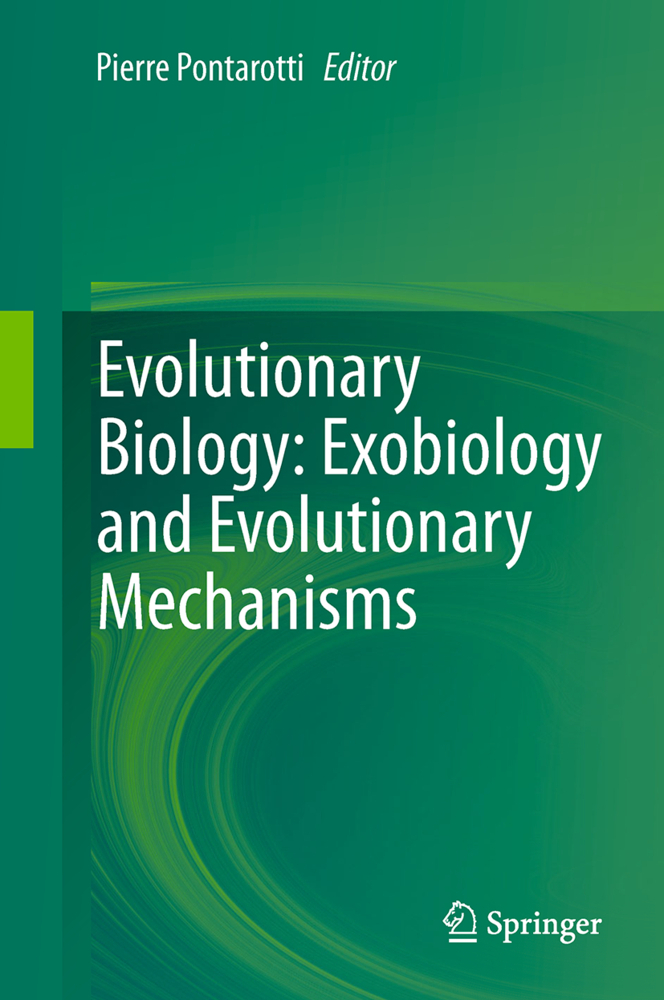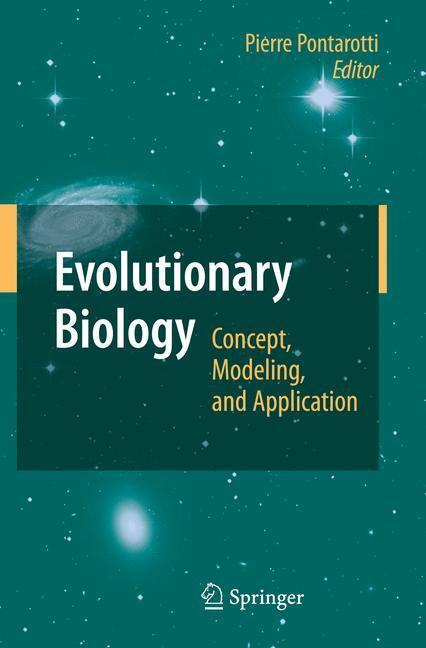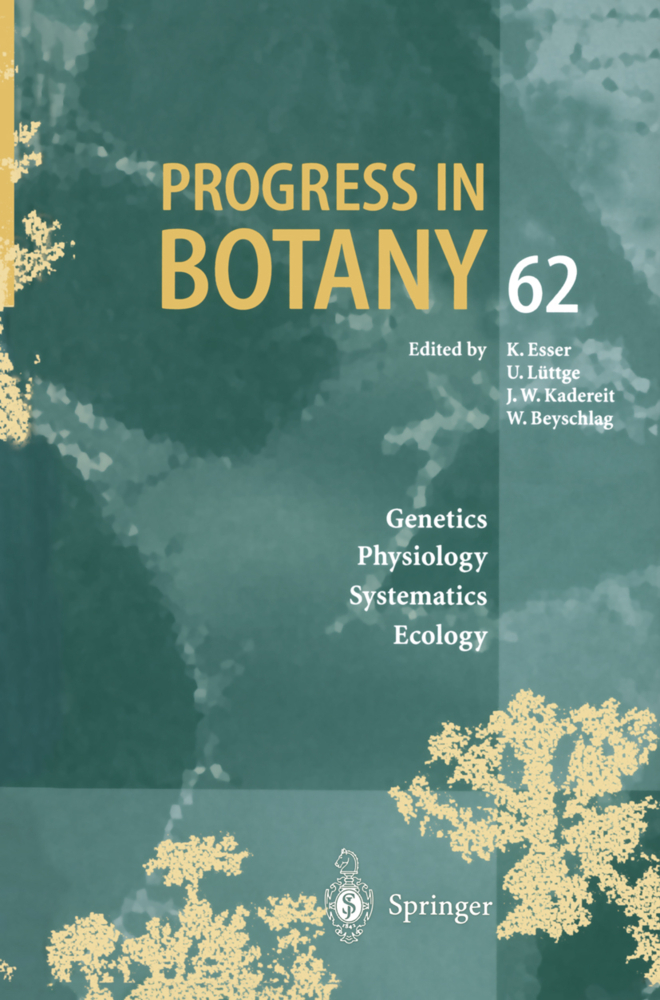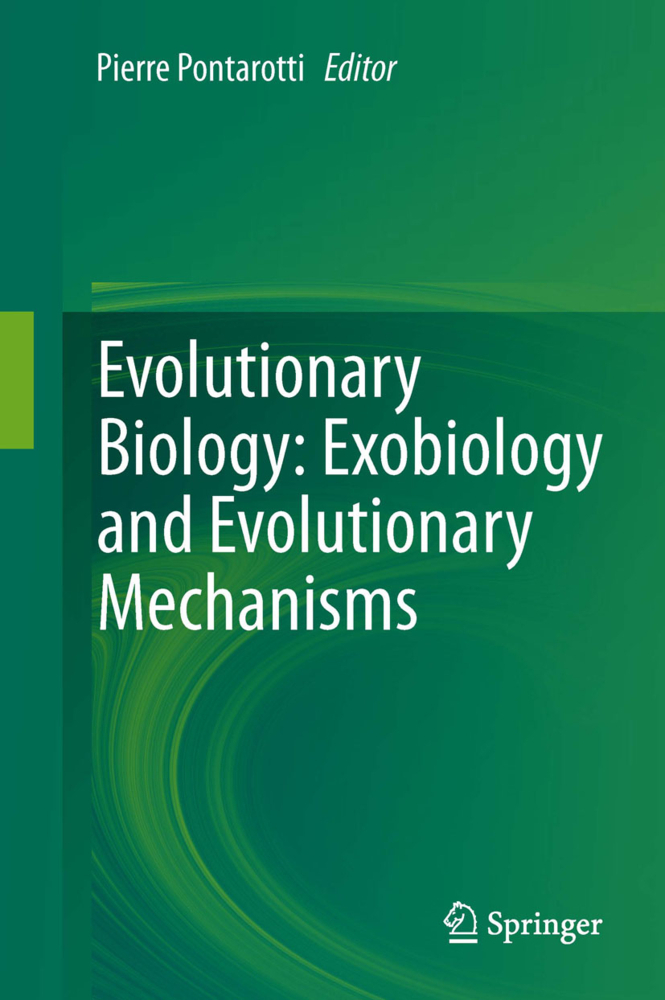Biological Evolution and Statistical Physics
Biological Evolution and Statistical Physics
People have always asked what distinguishes the living from the inanimate world and what uni?es the two. The ?elds of biology and physics have a long history of exchange. Milestones at the molecular level were the discoveries of the structure ofDNA,RNA,andproteins. It is not by coincidence that this exchange has intensi?ed in recent years. Laboratory experiments reach down to the level of single molecules. Moreover, thereisnowavastamountofgenomicinformation,whichisstillgrowingex- nentially due to the various sequencing projects. Biologists increasingly feel the need for theoretical models to interpret these data in a quantitative way. At the sametime,theoreticalphysicshasmadesigni?cantprogressinareaslikelyto be relevant for the understanding of biological systems. Some important ex- plesarecooperativephenomena,statisticsfarfromthermodynamicequilibrium, systemswithquencheddisorder,andsoftmatter. Some forms of biological matter have indeed become established areas of - searchwithinphysics,suchasbiomembranes,heteropolymers,molecularmotors, microtubules,neuralsystemsetc.Thisvolumeisfocusedonadi?erentaspect of the living world that can be calledbiologicalinformation,itscoding,rep- duction,andevolution.Biologicalinformationistranslatedintostructuresand patternsoveranenormousrangeofscales,fromsinglebiomoleculestospecies networks coupled over entire continents. Thestatisticaltheory of biological information lives not only in three-dim- sional space. It involves various abstract spaces in which this information is encodedandevolves,suchasnucleotidesequences,genenetworks,ortopologies of the tree of life . The articles collected highlight a few directions of research that may become important parts of this emerging ?eld. The ?rst part of the book,MolecularInformationandEvolution,startswith twoarticlesonsequencesimilarityanalysis,acentralthemeinbioinformatics which has surprisingly deep connections to statistical physics. The genetic code, RNA,andproteinsarethreeexamplesoftheintricateinterplayofsequence, structure,andfunctioninevolution.
On the design of optimization criteria for multiple sequence alignment
Red queen dynamics and the evolution of translational redundancy and degeneracy
A testable genotype-phenotype map: modeling evolution of RNA molecules
Evolutionary perspectives on protein structure, stability, and functionality
Phylogeny
The statistical approach to molecular phylogeny: Evidence for a nonhyperthermophilic common ancestor
Principles of cophylogenetic maps
Accounting for phylogenetic uncertainty in comparative studies of evolution and adaptation
The' shape' of phylogenies under simple random speciation models
The evolution of populations and species
Fitness landscapes
Tempo and mode in quasispecies evolution
Multilevel processes in evolution and development: Computational models and biological insights
Evolutionary strategies for solving optimization problems
Review of biological ageing on the computer
Spatio-temporal modes of speciation
Large-scale evolution
Food web structure and the evolution of ecological communities
Dynamics and topology of species networks
Modelling macroevolutionary patterns: An ecological perspective.
Molecular information and evolution
Statistical significance and extremal ensemble of gapped local hybrid alignmentOn the design of optimization criteria for multiple sequence alignment
Red queen dynamics and the evolution of translational redundancy and degeneracy
A testable genotype-phenotype map: modeling evolution of RNA molecules
Evolutionary perspectives on protein structure, stability, and functionality
Phylogeny
The statistical approach to molecular phylogeny: Evidence for a nonhyperthermophilic common ancestor
Principles of cophylogenetic maps
Accounting for phylogenetic uncertainty in comparative studies of evolution and adaptation
The' shape' of phylogenies under simple random speciation models
The evolution of populations and species
Fitness landscapes
Tempo and mode in quasispecies evolution
Multilevel processes in evolution and development: Computational models and biological insights
Evolutionary strategies for solving optimization problems
Review of biological ageing on the computer
Spatio-temporal modes of speciation
Large-scale evolution
Food web structure and the evolution of ecological communities
Dynamics and topology of species networks
Modelling macroevolutionary patterns: An ecological perspective.
| ISBN | 978-3-642-07743-2 |
|---|---|
| Artikelnummer | 9783642077432 |
| Medientyp | Buch |
| Copyrightjahr | 2010 |
| Verlag | Springer, Berlin |
| Umfang | XII, 342 Seiten |
| Abbildungen | XII, 342 p. |
| Sprache | Englisch |

